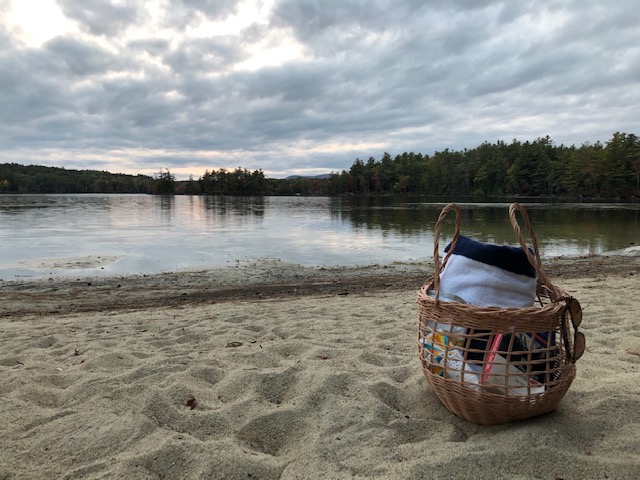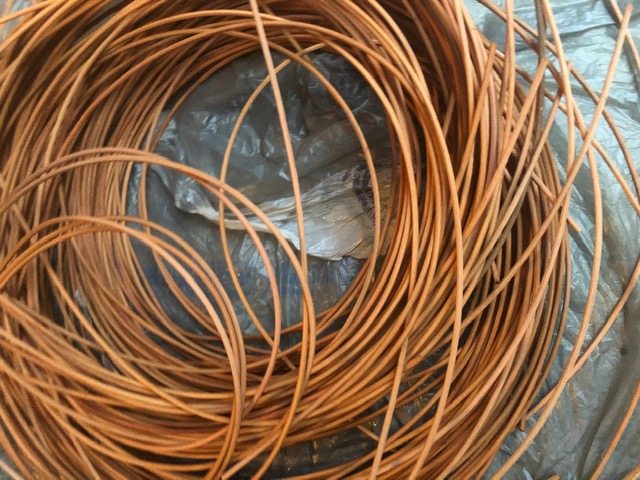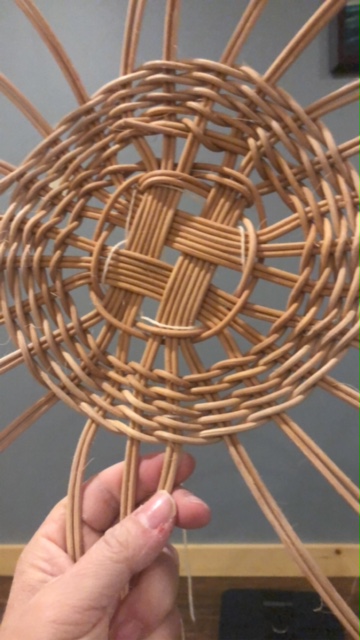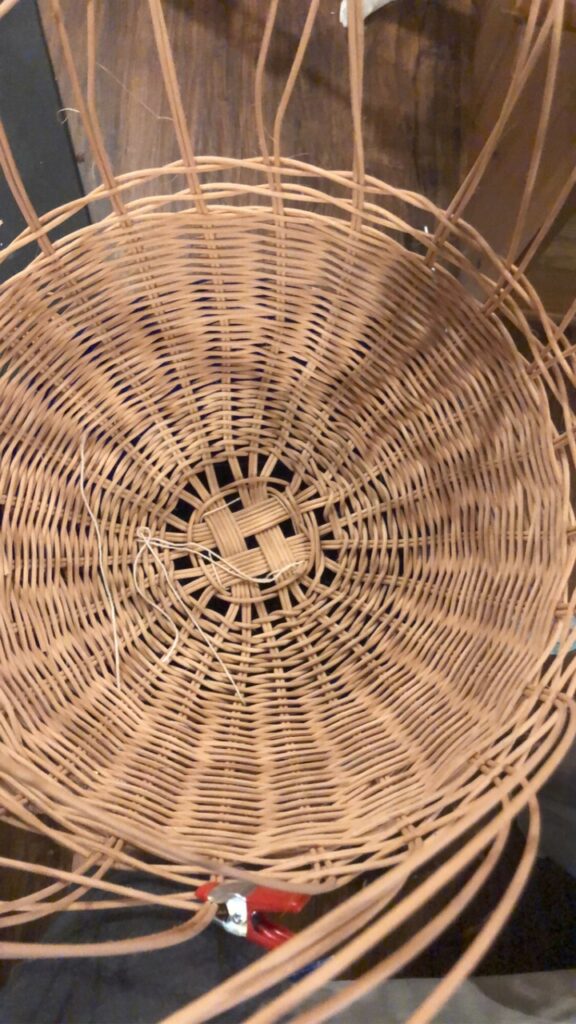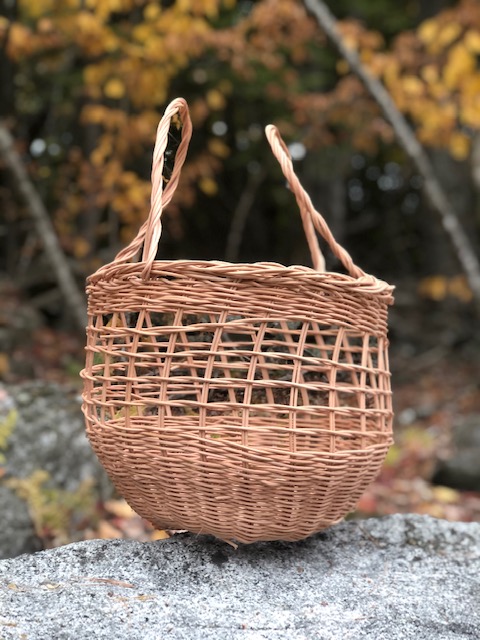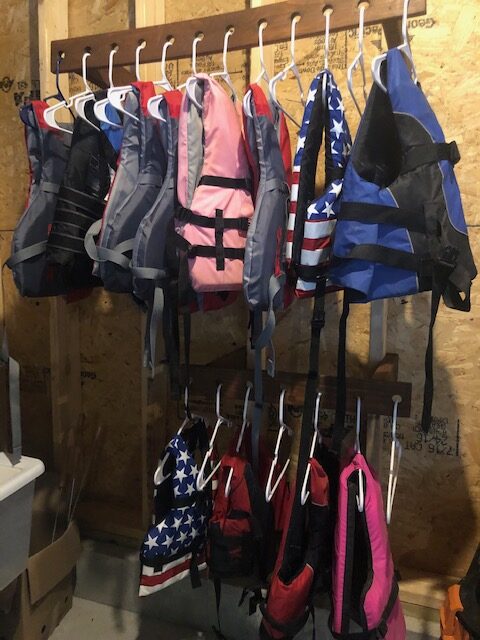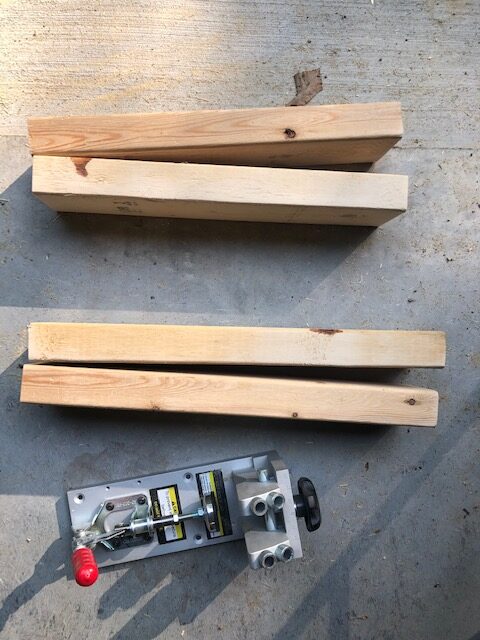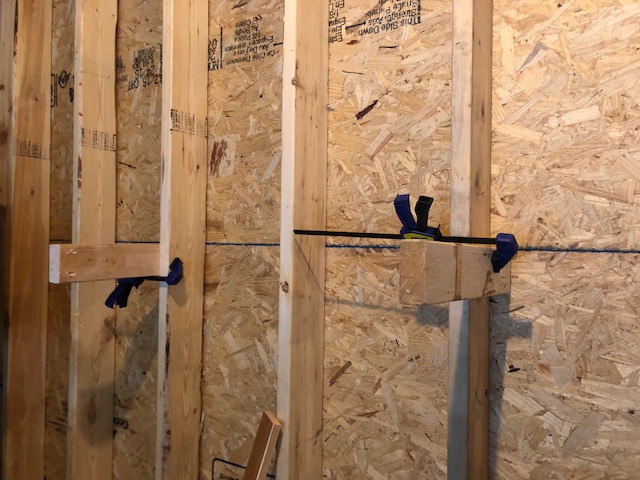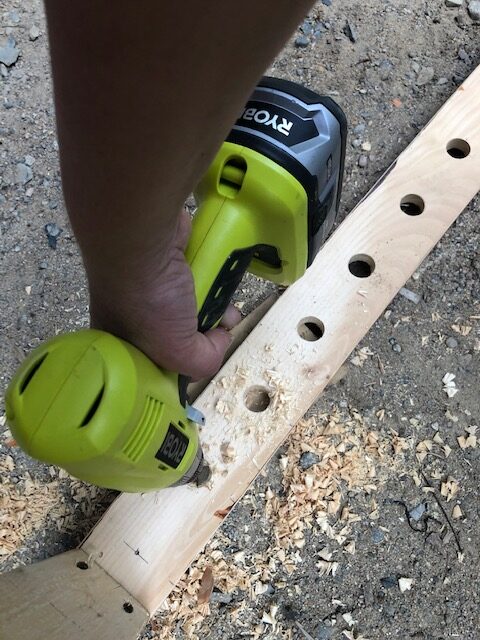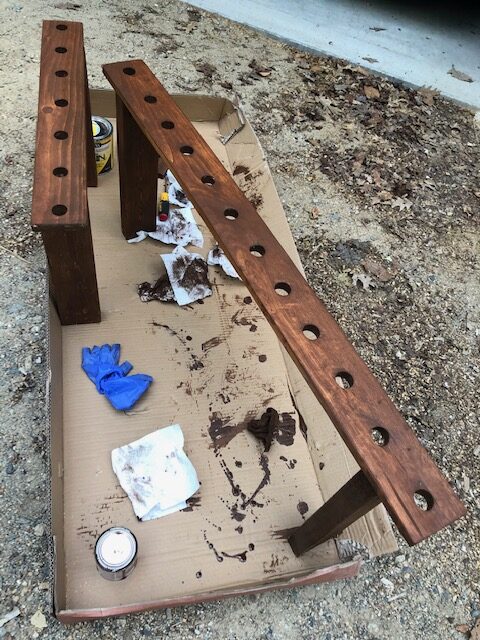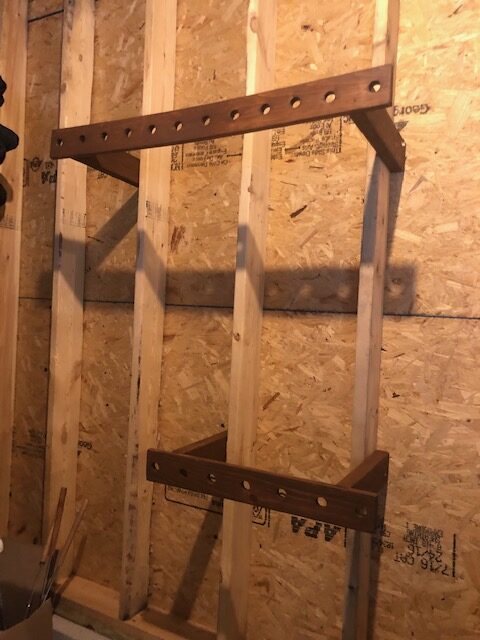My experience making the Sandy Neck Beach Basket Kit
I learned the art of basket weaving while I attended the Creating Landscapes Summer Camp as a child. I loved turning a pile of reed into something useful.
When I needed to buy chair cane for a project, I discovered that the company also sold basket weaving supplies and kits. With COVID still our reality, it seemed like a good time to take up basketweaving again.
The kit was purchased from basketweaving.com and came with the reed and instructions. The instructions are four pages, and pretty basic, so some youtube videos would probably be needed if I’d never done weaving before. However, the basket is pretty simple, and a lot of fun. In addition to the kit, you’ll need a bucket for water, some snips to cut the reed, a measuring tape. and a friend to help straighten out the read to measure the pieces, and a small clip (I like the 2″ clip they sell on the site for this basket, check it out here.)

I ordered enough from the site I was able to get a free dye kit, which I used before cutting the reed. It was such a mess and I wouldn’t recommend it. We luckily have an induction cooktop from IKEA that I was able to use outside. Still, it was a hot, messy project, and I didn’t even really get the color I was hoping for.
The whole project took a few hours, which I completed over two nights while watching Schitt’s Creek. The instructions were okay, but I really wished there were more photos of the final product available. I made the choice to keep the bottom flat, and the sides straighter than the instructions. I found the finishing around the top to be very challenging to understand with the instructions, until I realized that they implied the doubled reed stayed together. I also found the very simple handle to be a bit confusing, it just didn’t turn out as I’d expected, and some photos, even online, would have been helpful.
It was a fun project, and it will be very useful for trips to the beach next summer! I definitely learned some new techinques and I think with some YouTube support this is a project that even a beginner would enjoy.
If you are interested in the kit, the link to purchase it is here: Sandy Neck Beach Kit
Note: I have no affiliation with the mentioned companies. I am a customer, and the reviews of the items are my own. I do not benefit in any way from purchases.
Photos from my experience with this kit:

